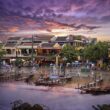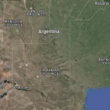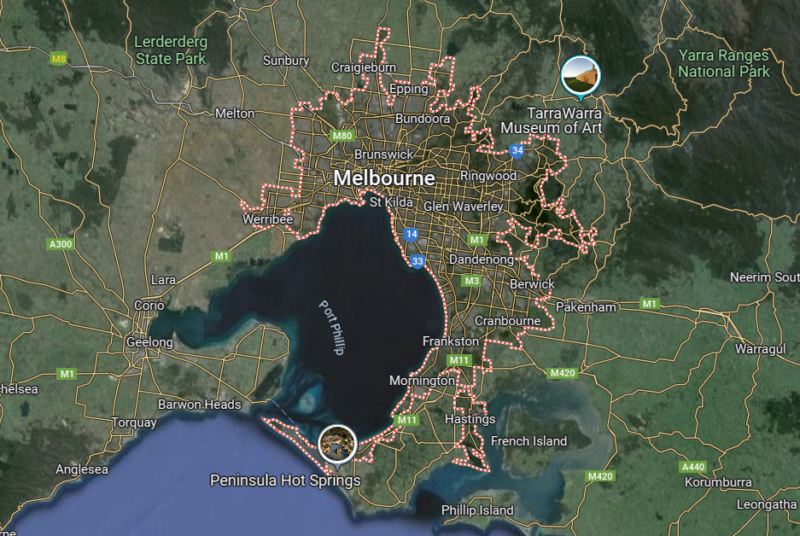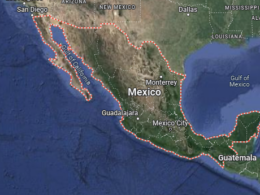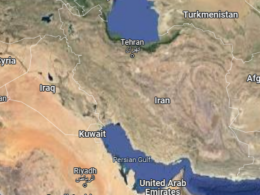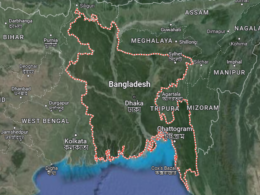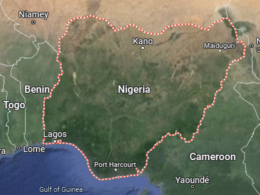Melbourne was originally called Batmania, named after one of its founders, John Batman.
The city’s iconic trams are the largest urban tram network in the world.
Melbourne’s Royal Exhibition Building was the first building in Australia to be awarded UNESCO World Heritage status.
The world’s first feature film, “The Story of the Kelly Gang,” was filmed in Melbourne in 1906.
Melbourne is home to the world’s largest stained-glass ceiling, located in the National Gallery of Victoria.
Melbourne has more cafes and restaurants per capita than any other city in the world.
The Eureka Tower has the highest public vantage point in the Southern Hemisphere.
Melbourne’s tram network spans 250 kilometers.
The city has the world’s third-largest Greek-speaking population outside of Greece.
Melbourne is often called Australia’s sporting capital.
The city hosted the first Olympic Games in the Southern Hemisphere in 1956.
Melbourne’s street art is internationally recognized and attracts tourists from around the world.
The largest urban park in the Southern Hemisphere, Royal Park, is in Melbourne.
Flinders Street Station has the world’s longest platform, stretching over 708 meters.
Melbourne has an extensive network of laneways and arcades, many of which are hidden gems for shopping and dining.
The Melbourne Cricket Ground (MCG) is the largest stadium in the Southern Hemisphere.
The city’s Queen Victoria Market is the largest open-air market in the Southern Hemisphere.
The Shrine of Remembrance is one of the largest war memorials in Australia.
Melbourne is the birthplace of the iconic Vegemite spread.
Melbourne’s weather is famously unpredictable, often experiencing “four seasons in one day.”
The city has the highest number of bookshops and libraries per capita in Australia.
The Royal Botanic Gardens in Melbourne are over 170 years old.
The Melbourne International Comedy Festival is one of the three largest comedy festivals in the world.
Melbourne is twinned with Thessaloniki, Greece, due to its large Greek population.
The city’s laneways are home to numerous hidden bars and speakeasies.
Melbourne’s Chinatown is the longest continuous Chinese settlement in the Western world.
The Yarra River, which runs through Melbourne, was originally called “Birrarung” by the Wurundjeri people.
Melbourne has the highest Italian-speaking population in Australia.
The city is home to the annual Moomba Festival, Australia’s largest free community festival.
Melbourne has a zero-emission vehicle policy for its tram network.
The city’s State Library of Victoria is one of the first free public libraries in the world.
Melbourne is a UNESCO City of Literature.
The Great Ocean Road, starting near Melbourne, is the world’s largest war memorial.
The first ATM in Australia was installed in Melbourne.
Melbourne is known for its ‘hook turns,’ unique traffic maneuvers required to turn right from the left lane.
The city is famous for its diverse and vibrant coffee culture.
Melbourne was the capital of Australia from 1901 until 1927.
The Melbourne Zoo is the oldest zoo in Australia, established in 1862.
Melbourne’s Federation Square is built on top of a railway yard.
The city’s annual White Night festival is one of the largest all-night arts events in the world.
Melbourne has a hidden bar inside a phone booth called “Bar Americano.”
The city’s Myer Christmas windows have been a holiday tradition since 1956.
The first ever game of Australian Rules Football was played in Melbourne in 1858.
Melbourne’s Luna Park, opened in 1912, is one of the oldest amusement parks in the world.
The Block Arcade in Melbourne is modeled after the Galleria Vittorio Emanuele in Milan, Italy.
Melbourne’s Tullamarine Airport was the first in the world to introduce a separate terminal for budget airlines.
The city has a network of underground tunnels known as the “Melbourne Underground Rail Loop.”
Melbourne’s suburbs were the first in Australia to be linked by railway lines.
The Rialto Towers in Melbourne were the tallest office buildings in the Southern Hemisphere when completed in 1986.
Melbourne is known for its passion for horse racing, particularly the Melbourne Cup, a public holiday in the city.
The city has an extensive network of bike paths and is considered very bike-friendly.
The Melbourne Museum is the largest museum in the Southern Hemisphere.
The city’s St Kilda Beach is famous for its historic amusement park and penguin colony.
Melbourne’s University of Melbourne is the second oldest university in Australia.
The city is known for its laneway culture, with many street artists making their mark on these narrow streets.
The Melbourne Star is the Southern Hemisphere’s only giant observation wheel.
The city has the highest number of rooftop bars in Australia.
Melbourne’s West Gate Bridge is one of the longest bridges in Australia.
The city’s population growth rate is one of the highest among major Australian cities.
The first Victorian railway was opened in Melbourne in 1854.
Melbourne is home to the Australian Centre for the Moving Image (ACMI), dedicated to film, television, and digital culture.
The city’s public transport system uses the myki smartcard system.
The Melbourne International Film Festival (MIFF) is one of the oldest film festivals in the world.
The city’s Albert Park hosts the annual Australian Grand Prix.
Melbourne has a thriving theatre scene, with many international productions making their Australian debut here.
The city’s Parliament House was the seat of the Australian government for 26 years.
Melbourne’s Docklands precinct is known for its modern architecture and waterfront dining.
The city’s Crown Casino is the largest casino complex in the Southern Hemisphere.
The Melbourne Convention and Exhibition Centre is the largest convention centre in the Southern Hemisphere.
Melbourne’s iconic Luna Park entrance is based on the original entrance of Coney Island’s Luna Park.
The city’s annual Midsumma Festival is one of the oldest LGBTQIA+ festivals in the world.
Melbourne has a significant Jewish community, with many synagogues and cultural centers.
The city’s public art collection includes works by renowned international and Australian artists.
The Melbourne Zoo’s Butterfly House is one of the largest tropical butterfly exhibits in the world.
The city’s Victoria Police Museum houses the largest collection of police memorabilia in Australia.
Melbourne has the oldest public art gallery in Australia, the National Gallery of Victoria.
The city’s tram system dates back to 1884.
Melbourne’s Royal Children’s Hospital is one of the leading pediatric hospitals in the world.
The city is known for its unique blend of modern and Victorian architecture.
Melbourne’s Royal Arcade, opened in 1870, is the oldest surviving arcade in Australia.
The city’s annual Melbourne Cup horse race is known as “the race that stops a nation.”
Melbourne has the highest concentration of live music venues per capita in the world.
The city’s CBD is home to some of the narrowest buildings in the world.
Melbourne’s Federation Square is one of the most visited attractions in the city.
The city’s Birrarung Marr park is named after the Aboriginal name for the Yarra River.
Melbourne is home to one of the largest public collections of Egyptian antiquities in the Southern Hemisphere.
The city’s Lygon Street is famous for its Italian cuisine and culture.
Melbourne’s State Theatre has one of the largest stages in the world.
The city’s Scienceworks museum is a leading science and technology museum.
Melbourne has a significant student population, with many international students attending its universities.
The city’s annual Australian Open is one of the four Grand Slam tennis tournaments.
Melbourne’s Luna Park is home to one of the oldest continuously operating wooden roller coasters in the world.
The city’s Chinatown hosts one of the largest Chinese New Year celebrations outside of Asia.
Melbourne’s Koorie Heritage Trust preserves and promotes Aboriginal culture and history.
The city’s annual Melbourne Writers Festival attracts writers and readers from around the world.
Melbourne’s public transport system includes a free tram zone within the CBD.
The city’s Royal Botanic Gardens are home to over 8,500 plant species.
Melbourne’s architecture includes examples of Victorian, Art Deco, and contemporary styles.
The city’s Melbourne Recital Centre is renowned for its acoustics and architecture.
Melbourne is consistently ranked as one of the world’s most livable cities.
**Please note that this post may contain affiliate links. When booking through one of our links, we earn a small kickback at no extra cost to you and it’s a big help to keep the site up and running.

